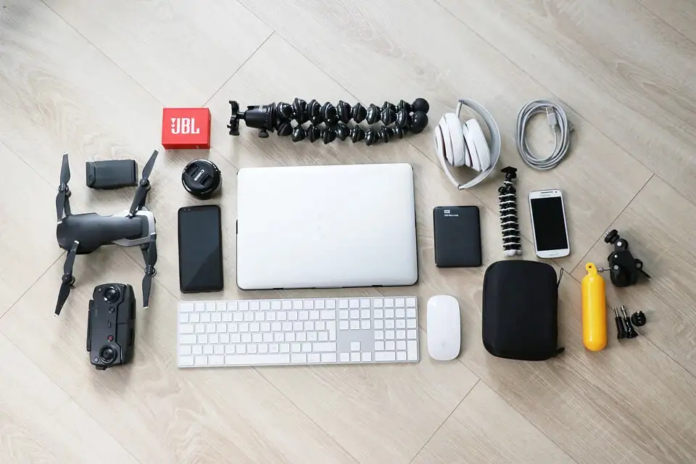Options trading is a popular form of investment, and Dubai offers many listed options to choose from. Before you start trading, you must understand the three critical characteristics of listed options in Dubai: their expiration dates, prices and underlying assets. Knowing these will help you make more informed investment decisions and make the most of your trades. Keep reading to learn more.
What are listed options?
Options are contracts that give the holder the right, without the obligation, to purchase or sell an underlying asset at a predetermined price within a specific timeframe. When options are listed, it means they can be found on an exchange, where they are bought and sold. The most prevalent underlying assets traded in listed options are stocks, stock indices, commodities, and currencies.
Why trade listed options?
For one, options offer leverage, meaning you can control a prominent position with a relatively small investment. It can be helpful if you’re looking to maximise your return on investment. Additionally, options can provide downside protection against losses in the underlying asset. On top of that, options can be used to generate income through premium-selling strategies. Finally, when options are listed, it means they can be bought and sold on exchanges, which can grant you pricing transparency as opposed to over-the-counter options where the counterparty sets the price of the contract.
Three important things about listed options
Let’s look at the three things you should know about listed options.
When do listed options expire?
Listed options in Dubai have a fixed expiration date, typically one month from the date of purchase. There are some exceptions for certain types of underlying assets. For example, stock index options usually have a three-month expiration date. Once an option expires, it becomes worthless and can no longer be traded.
What is the exercised price?
The exercised price is the price at which the holder of a call option can buy the underlying asset or the price at which the holder of a put option can sell the underlying asset. This cost is also known as the strike price or exercise price.
The exercised price is determined at the time of purchase and remains fixed throughout the life of the option contract. It is important to note that the exercised price is not necessarily the same as the current market price of the underlying asset.
What are the underlying assets?
The underlying asset is the security or commodity traded in the option contract. For example, if you purchase a call option on ABC Corporation stock, then ABC Corporation stock is the underlying asset. Similarly, if you purchase a put option on crude oil, then crude oil is the underlying asset.
The type of underlying asset will usually determine the option’s expiration date and exercise price. For example, stock options typically have a one-month expiration date and are exercised at the stock’s current market price. Options on stock indices, on the other hand, usually have a three-month expiration date and are exercised at the index’s current value.
When choosing an underlying asset, it’s essential to consider your investment goals and risk tolerance. It helps if you also understand the asset’s price movements and volatility well.
The risks of listed options?
Listed options are high-risk, high-reward investments. While they can offer the potential for large profits, they also come with the risk of substantial losses. Before investing in listed options, you should ensure you understand the risks involved and have the financial ability to weather any losses. Some of the risks associated with listed options include:
Volatility risk: The underlying asset price can be highly volatile, which means the value of your option may fluctuate rapidly. It can lead to sizable losses if you’re not careful.
Counterparty risk: There is always the risk that the other party to the option contract will not fulfil their obligations. It could happen if they default on their payments or go bankrupt.
How to start trading listed options
If you’re interested in trading listed options, there are a few things you can do. You will need to open a brokerage account with a broker that offers options trading. Then, you need to deposit funds into your account. You can now start buying and selling options.
When buying an option, you must choose the underlying asset, the expiration date, the strike price, and the option type (call or put). When selling an option, you must choose the underlying asset, the expiration date, the strike price, and the option type (call or put). You will also need to set the premium price. It’s important to note that listed options are a high-risk investment. Before trading options, you should ensure you understand the risks involved and have the financial ability to weather any losses.
You can learn more about listed options by taking an online course or by opening an account with Saxo Broker Dubai.




